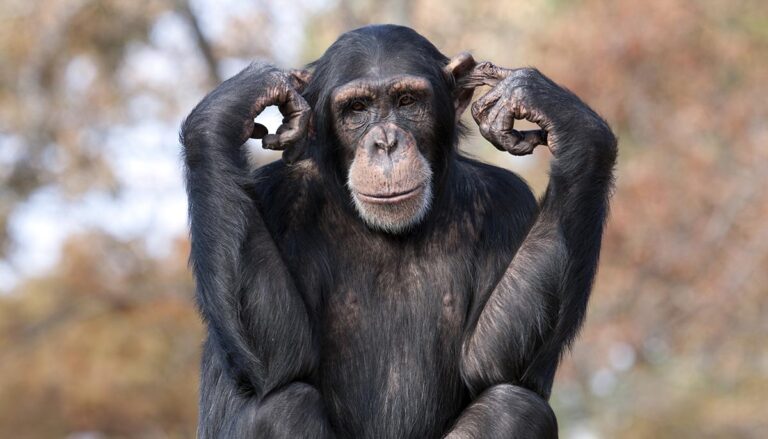Human-animal chimeras were once the stuff of science fiction, but they were grown in China recently under claims of being the first, however, a report revealed a ‘Humanzee’ was grown in the US in the 1920s.
Monkey-human chimeras grown in China
A bombshell report was released in 2019 by the Spanish newspaper El País which claimed a Spanish biologist, working with Chinese researchers, assisted in the creation of human-monkey embryos in a lab in China.
Dr. Juan Carlos Izpisúa Belmonte, a Spanish-born developmental biologist based out of the Salk Institute for Biological Studies in La Jolla, California, led the work with another researcher and published the results on April 15 in the journal Cell, Nature reported.
The team injected monkey embryos with human stem cells and observed as they developed. At least three embryos survived nineteen days after fertilization.
“The overall message is that every embryo contained human cells that proliferate and differentiate to a different extent,” Belmonte said.
It wasn’t the first human-animal chimera the team developed. In 2017, they also reported a series of other hybrids including pig embryos grown with human cells and cow embryos grown with human cells.
Reportedly, Belmonte is alleged to have collaborated with Chinese researchers to circumvent legal issues in the United States and Spain, where such work with primates is heavily regulated, the singularity hub reported, noting that Chinese scientists were not pleased with the work over ethical concerns.
Human cells spliced into monkey brains
More experiments in animal-human hybridization have continued since the Chinese efforts.
Scientists from the Planck Institute of Molecular Cell Biology and Genetics in Germany and the Central Institute for Experimental Animals in Japan carried out the new experiments in which they spliced a gene known as ARHGAP11B – which directs stem cells in the human brain – and placed it into the brains of common marmosets, a type of monkey with a brain that is relatively primitive, the Sun reported.
The work resulted in monkey fetuses possessing much larger and more advanced brains, according to details of the study published in Science. The brains were nearly double in size and possessed more human-like qualities than the typical marmoset. However, fearing potential “unforeseen consequences,” the scientists decided to abort the fetus.
‘Humanzee’ grown in a US lab
A renowned evolutionary psychologist claims that the first human-animal chimeras weren’t embryos that were grown in China, but rather a human-chimpanzee hybrid born to a female in the US in the 1920s.
Gordon Gallup said that a hybrid of a human and a chimpanzee, which he dubbed a “humanzee,” was crossbred at a primate research Center in Orange Park, Florida in the 1920s, the Sun reported.
“They inseminated a female chimpanzee with human semen from an undisclosed donor and claimed not only that pregnancy occurred but the pregnancy went full term and resulted in a live birth,” Gallup said. “But in the matter of days, or a few weeks, they began to consider the moral and ethical considerations and the infant was euthanized.”





